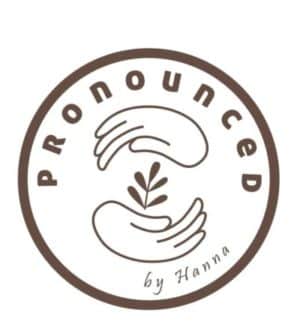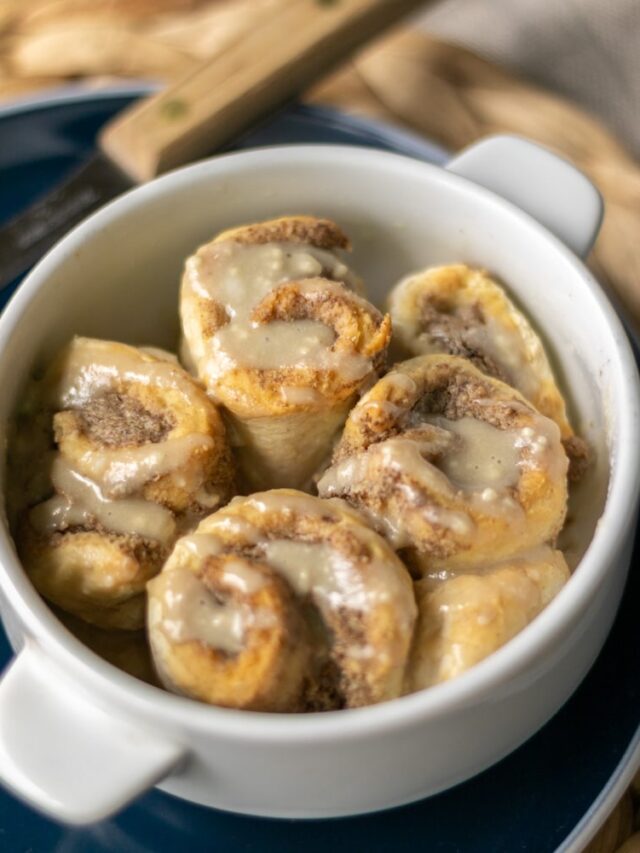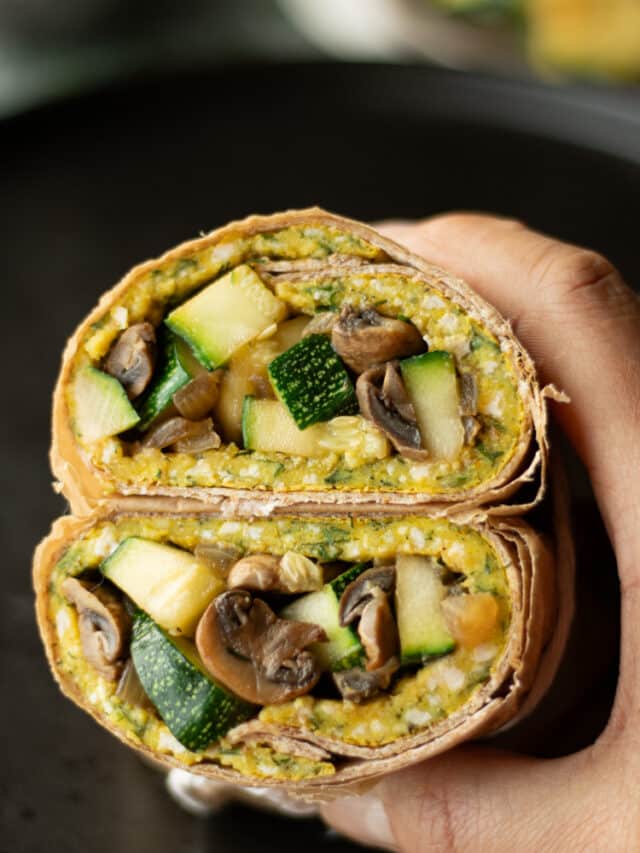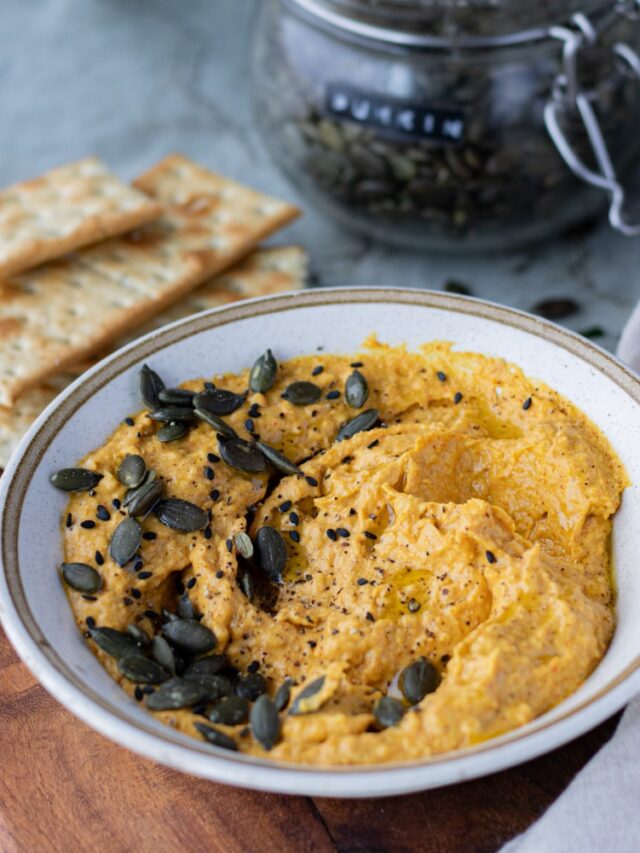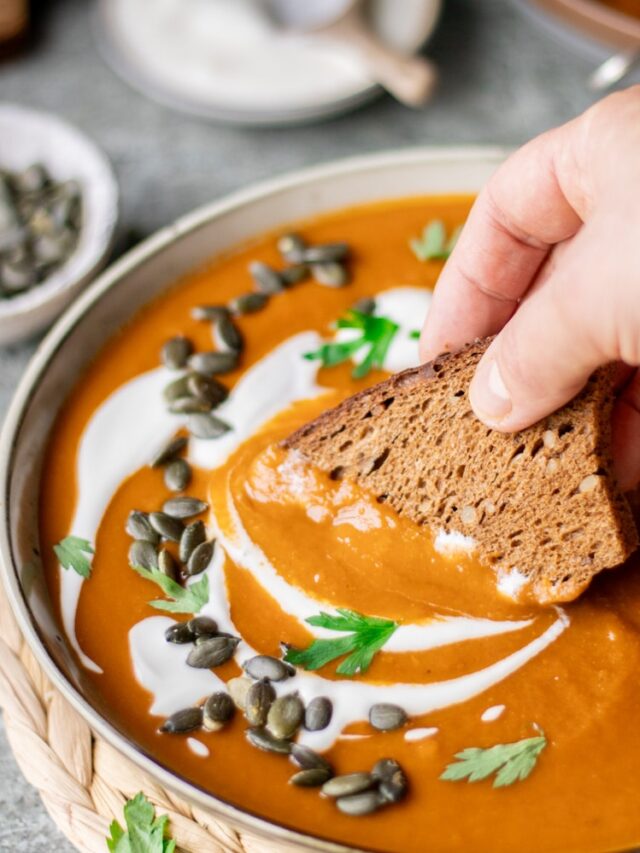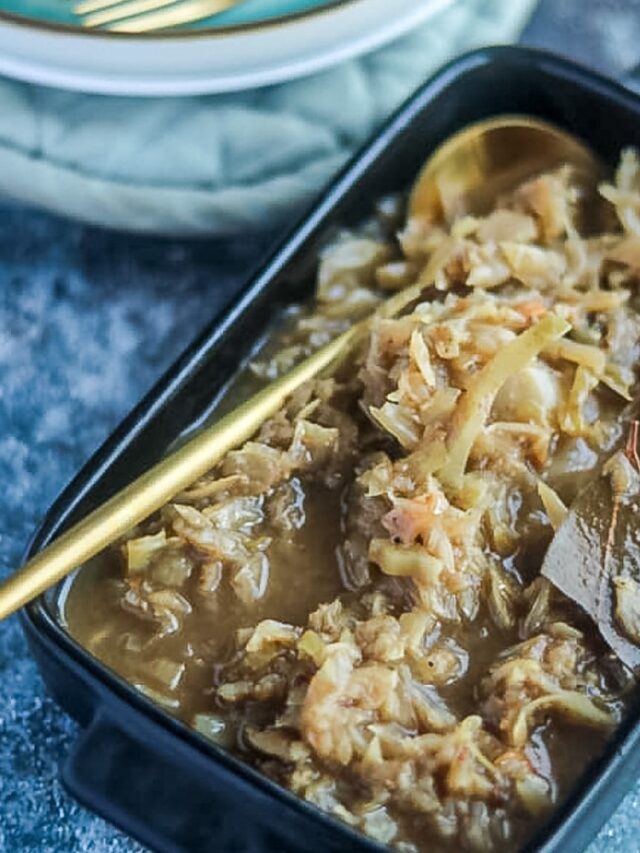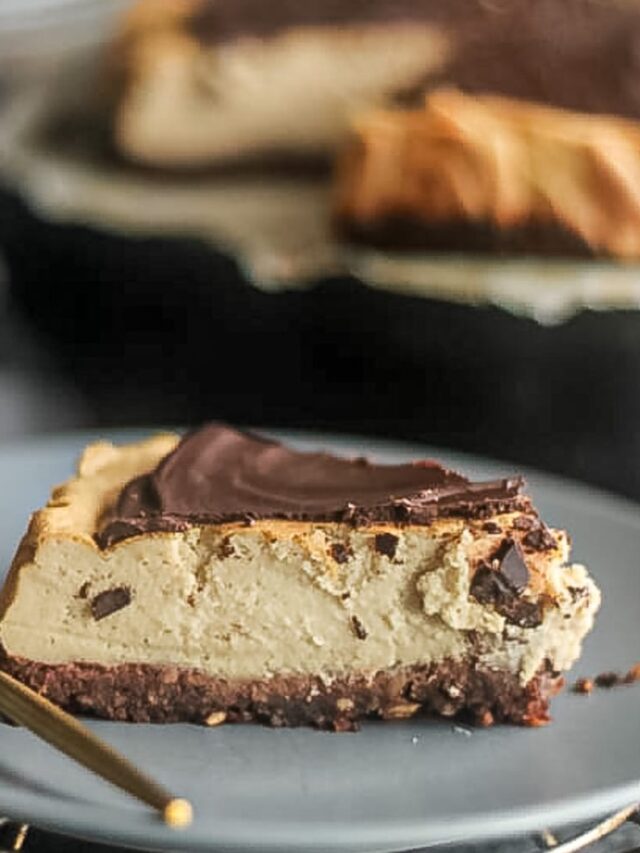This Morrocan fermented carrots recipe is AMAZING! So much flavor that those beautiful spices give and that amazing orange color will be a beautiful addition to your plate.
Well, known this day sauerkraut or pickled cucumbers are not only a portion of vitamins that we lack in colder seasons. They are also a natural probiotic – because they contain lactic acid bacteria. However, we can ferment way more vegetables! (read below).
Pickled vegetables are a source of lactic acid – a substance formed during fermentation (under the influence of lactic acid bacteria). It cleanses the body and strengthens the immune system, protecting us against diseases. Lactic acid regulates the bacterial flora in the intestines, supports digestion and absorption of metabolic products. It also reduces the level of cholesterol. Lactic acid bacteria also play an important role in the synthesis of vitamin K and some of the B group.
Benefits of pickled vegetables:
- Ferments provide a lot of vitamins B1, B2, B3, which regulate metabolism and facilitate the digestion of proteins, fats, and carbohydrates, smooth the skin, strengthen hair and nails, and increase the absorption of iron, protecting against anemia. They are quite a good source of vitamin C, A, E, K as well as magnesium, calcium, phosphorus, and potassium. However, contrary to popular belief, they do not have more vitamin C than fresh vegetables and fruits.
- During fermentation valuable ingredients penetrate into the juice, which is why it is as valuable as the pickled products themselves.
- Pickled vegetables, like fresh vegetables, contain a lot of fiber, which makes you feel full, and this helps to maintain a healthy weight and stimulates the functioning of the intestines, preventing constipation. In addition, they slightly acidify the body, so the desire to snack decreases.
- Vegetables and fruits lose calories during fermentation! One medium cucumber or a bowl of cabbage is only 12 kcal! This is because the sugar content drops and the water content increases. During fermentation, under the influence of lactic acid bacteria, the sugar contained in vegetables and fruits is converted into lactic acid, which is a great preservative.
- Ferments contain a lot of salt which is harmful in excess. Therefore, they should be eaten in moderation as an addition (this especially applies to hypertensive patients).
It is best to eat ferments raw – cooking it deprives it of vitamin C and beneficial bacteria. - Self-made ferments are the healthiest. Industrially made sauerkraut and cucumbers usually contain preservatives. For example, one strain of bacteria or other substances that accelerate the fermentation process is also added to the preserves. Such products have fewer health benefits than those where the fermentation process takes place naturally. Therefore, if you do not make homemade preserves, buy sauerkraut at a bazaar at a trusted producer or at an organic store, not at a supermarket.
Products we can ferment:
Products with a high content of sugar and water are suitable for pickling, the rate of the first phase of fermentation depends on their proportion. Besides cabbage and cucumbers we can ferment:
- cauliflowers
- carrots
- white radish
- onions
- garlic
- green beans
- beetroot
- pepper
- beets
fruit to ferment:
- lemons
- plums
- apples
- pears
- olives
List not limited to the above.
Products must be fresh, healthy, and ripe. It is extremely easy to brew: just pour the brine in a jar or stoneware (salt has preservative properties). Some of the vegetables are shredded and then pounded to release the juices. . In addition to pickling brine, we add, for example, dill, allspice, garlic, onion, juniper berries – they add flavor, but also have health and preservative properties.
For the first three days, the ferment requires a temperature of 15-20 ° C, and the cover has to be opened to let the gases escape. Then you have to close them (by cutting off the oxygen supply, we will protect the product against mold growth) and move them to a cool place to stop fermentation.
I am fairly new to the fermentation world. Still learning and definitely going to be widening my fermentation library of recipes and information here on my blog. I grew up eating saukraut so I am looking forward to experimenting with different vegetables and flavors. These fermented carrots are not difficult to make so you have to give them a go! If you are a meal planner like me is easy to include those fermented carrots into your plan. Get that dose of friendly bacteria in 😋
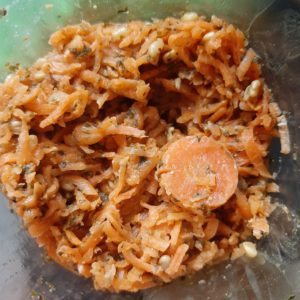
Moroccan Fermented carrots
Ingredients
- 1 kg carrots
- 2 cloves garlic
- 1 small bunch coriander leaves
- 1 small bunch of dill
- 1 tbsp lemon juice
- 1 tsp fenugreek
- 1 tsp ground cumin
- 2 tsp sea salt
Instructions
- Grate the carrots.
- Remove the stems from the corainder and dill and chop the finaly as that will hel to mix ingredients throughly.
- Place the carrots and chopped herbs and spices in the bowl. Sprinkle over the sea salt.
- Massage the mix until the vegetables feel wet.
- Pack the mixture into a clean sterlilised jat with flip top. Press each handflul down tightly to ensure there is no air bubbles trapped.
- Pack the jar tightly leaving 2.5 cm space at the top.
- Make sure the carrots are completely submerged under the released liquid.
- Close the lid and allow to ferment for around 5 days at the room temperature. After 5 days store the jar in the fridge.
- ENJOY!
I love buying my spices from the bulk source! Their packaging is fantastic and when U receive the package I can see the quality and care that went into my order. Highly recommending this company!
💡 interesting facts :
- Fermented bread ( sourdough) was an integral part of the Gold Rush era. Alaskans would literally sleep with the dough to keep the yeast in it alive. San Franciscans enjoy their bread so much, their 49er mascot is named Sourdough Sam.
- Fermented foods help get rid of anti-nutrients. Many grains, beans, nuts, and seeds contain phytic acid, which interferes with our ability to absorb nutrients. ( that’s another whole different topic 🧐).
